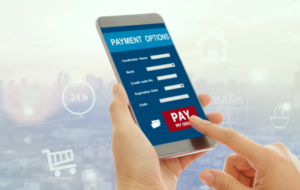
What are Variable Recurring Payments (VRP)s and why are they being introduced?
Variable recurring payments will allow consumers to give consent to third parties in advance as well as make instant payments, speeding up the process when compared to a traditional direct debit, which can often take up to three days. Consumers that set up a variable recurring payment will have full control over the payments, including when the money comes out and when payments are due to finish. Crucially, all of this information can be controlled within their existing banking app. With traditional direct debits currently taking around 3 days to clear, there has been a long-overdue need to create a better system that allows consumers to pay for goods and services quickly and easily. The current delays associated with traditional direct debit payments can cause unnecessary stress, particularly for those that survive on limited funds and those that need to make payments more urgently.
The introduction of open banking in 2018 created a wave of fintech innovators to build apps that allow people to see all of their financial information in one place. Consumers have never been better placed to fully engage with their finances and understand exactly where their money is going. Instant payments that can be controlled from within a banking app is the next practical step to help consumers stay in control of their finances.
How do variable recurring payments work?
A VRP can be set up using a banking app, similar to the way you can set up a direct transfer or payment. Once in place it will allow users to move money instantly, a process called 'sweeping', whether that is to make a one-off payment or set up an ongoing subscription. The process will give consumers greater control when managing their payments and subscriptions and as the money moves instantly, it should help with budgeting too.
How can variable recurring payments benefit me?
A VRP will ensure your money is transferred instantly which could have multiple benefits. It could mean avoiding late fees when paying off debts and your money could be put to work faster when transferring it to savings and investment accounts. Being able to make small, regular payments quickly and easily could especially benefit those that are looking to build an emergency fund or make their first foray into investing. The rise in popularity of saving and investing apps such as Plum, Chip and Moneybox - apps that facilitate moving small sums into saving and investing pots - is further proof that there is an appetite for consumers to embrace technology that saves both time and money.
Further reading:
- Plum review
- Moneybox review
- Chip review
- The best budgeting apps in the UK
- The best investment apps in the UK